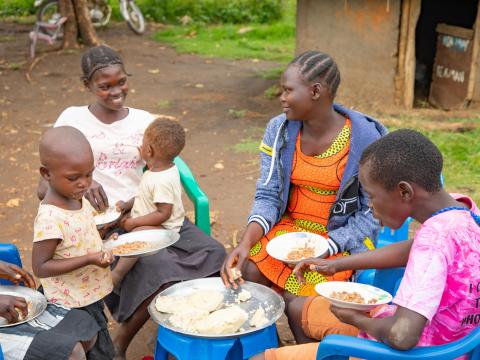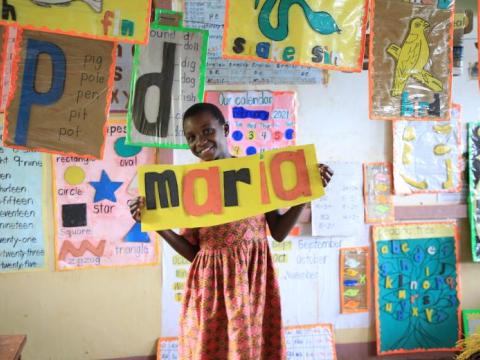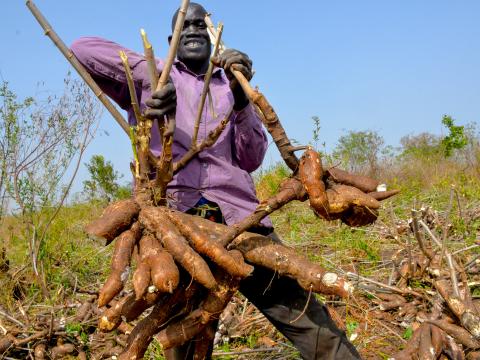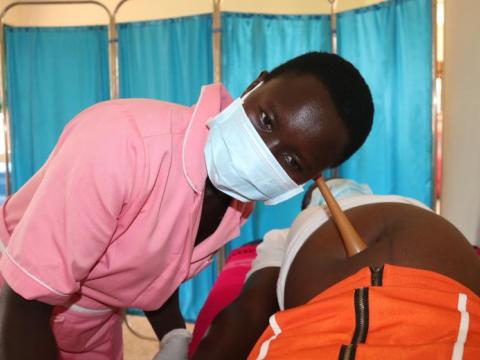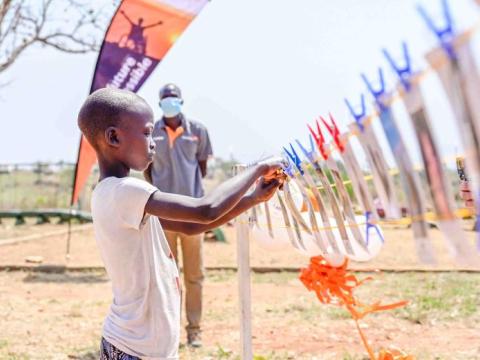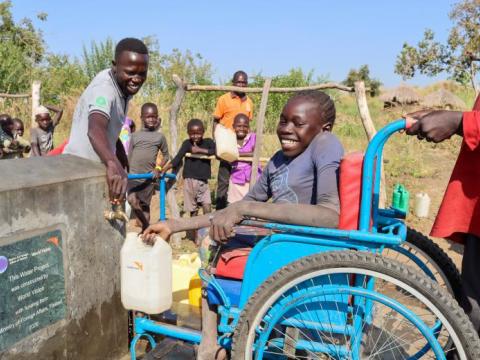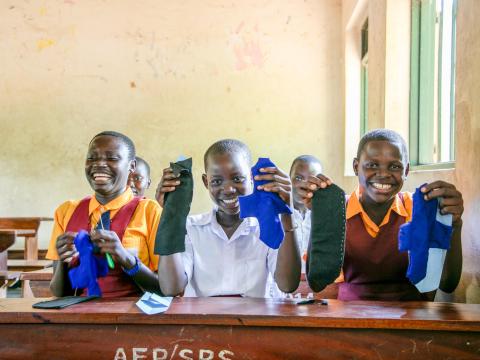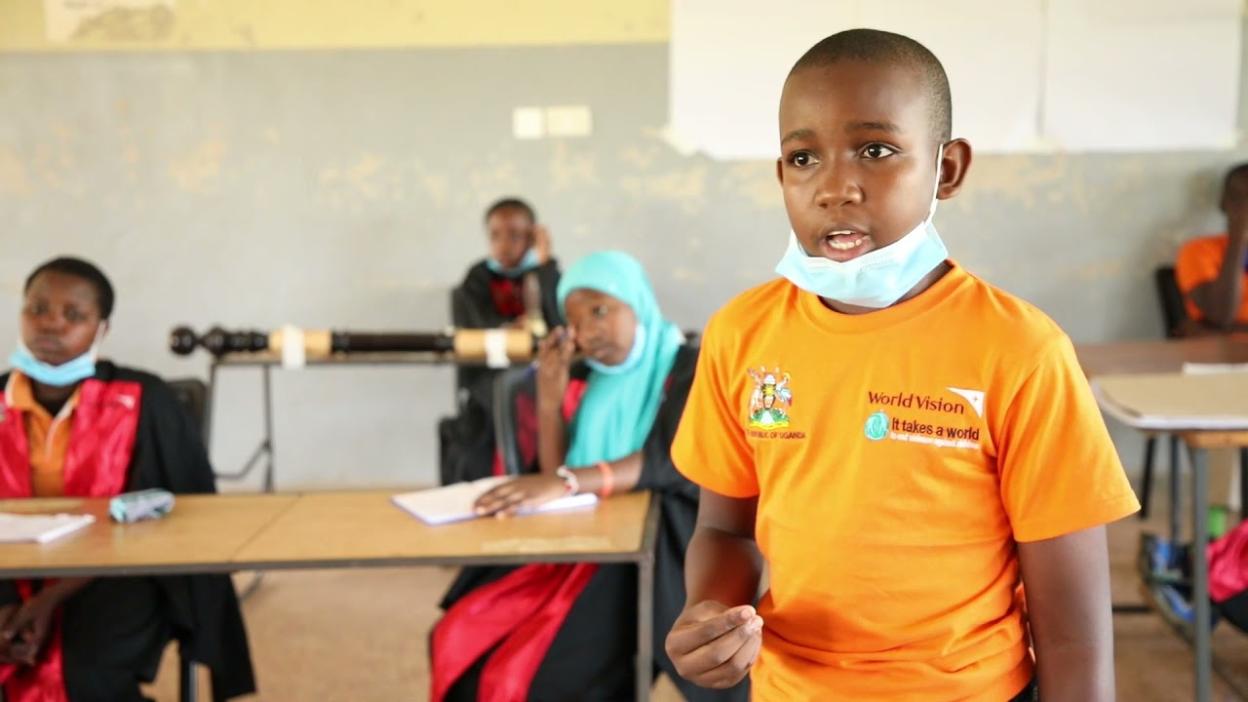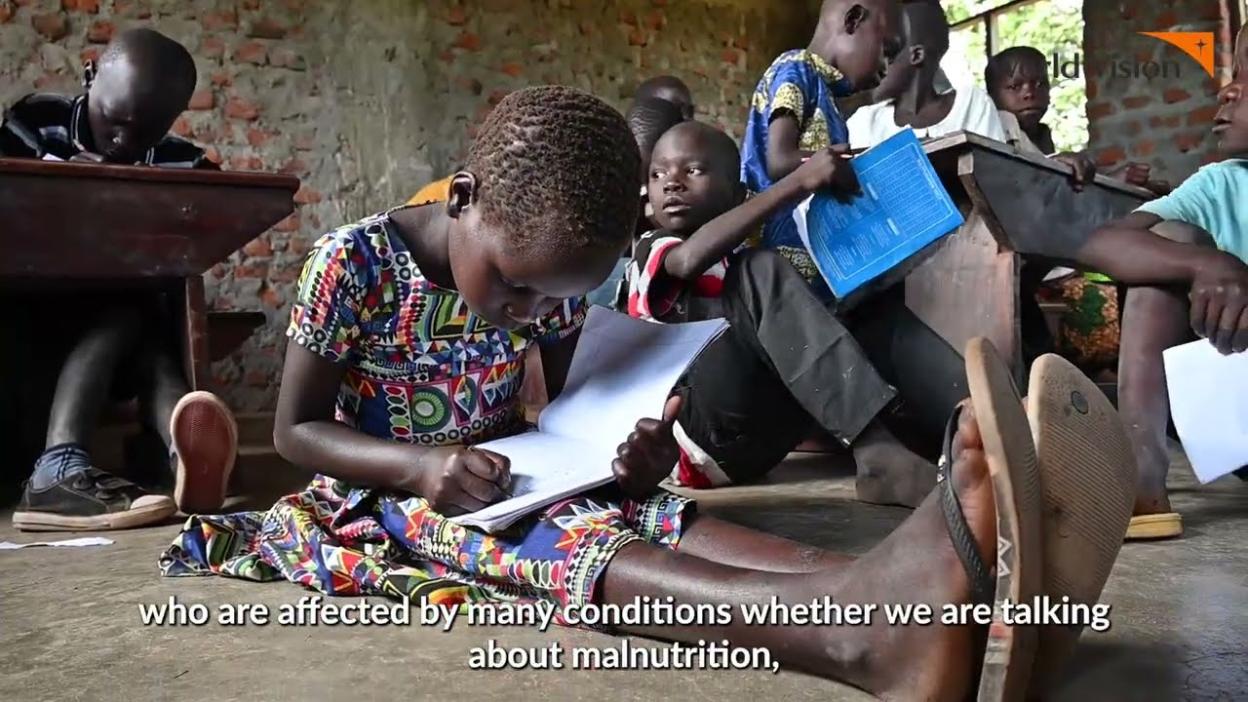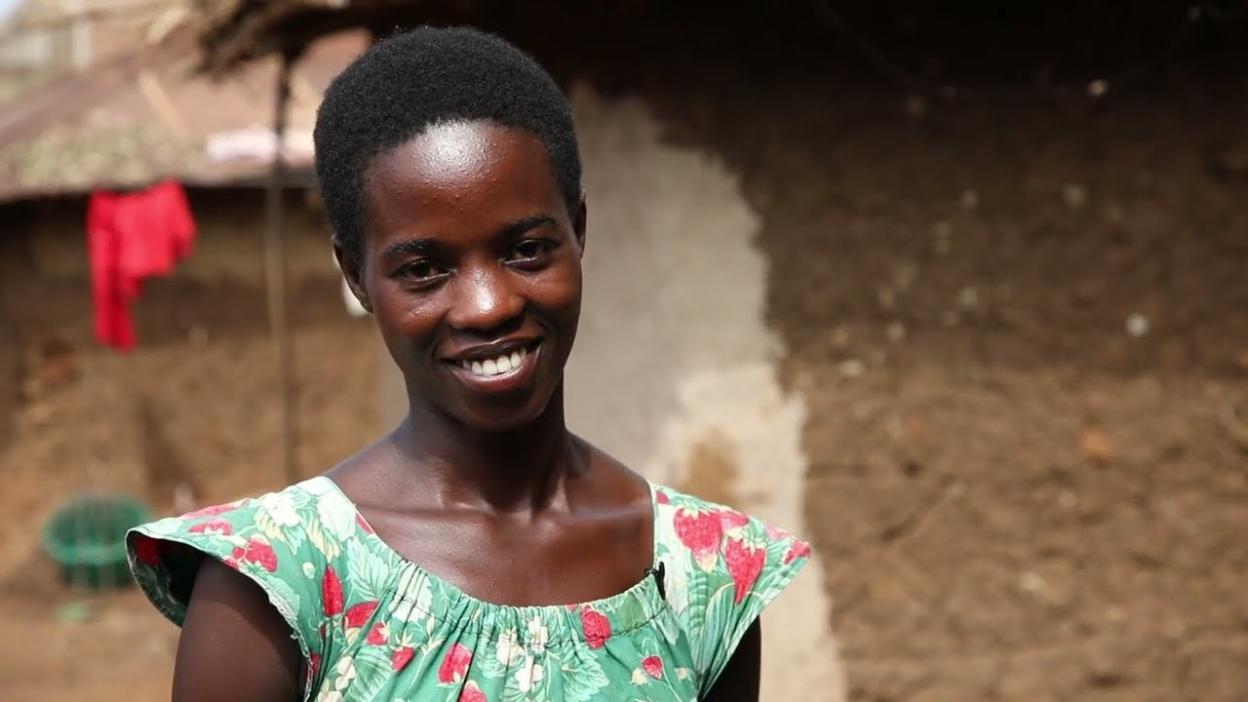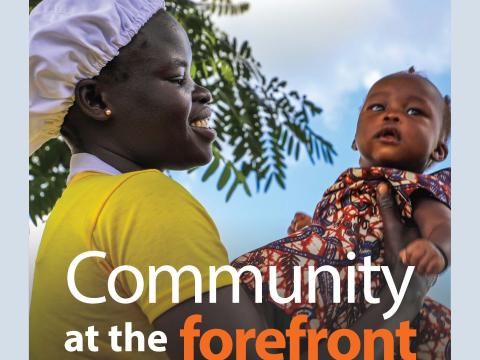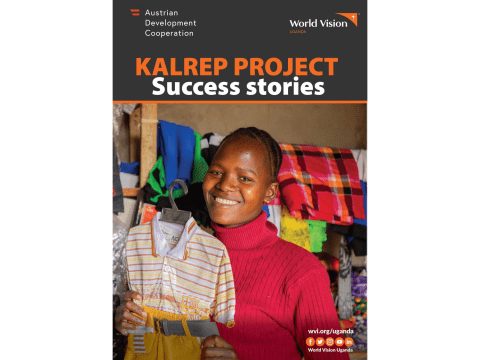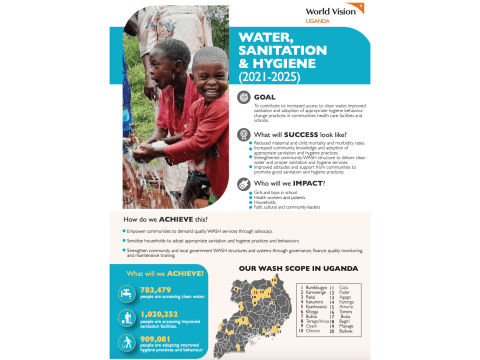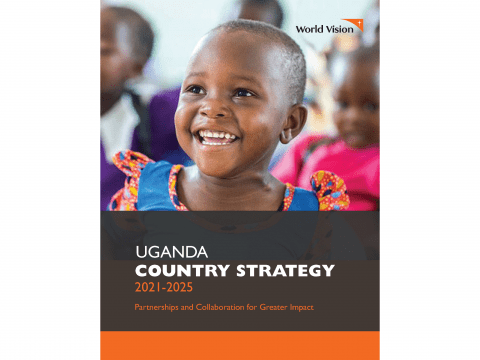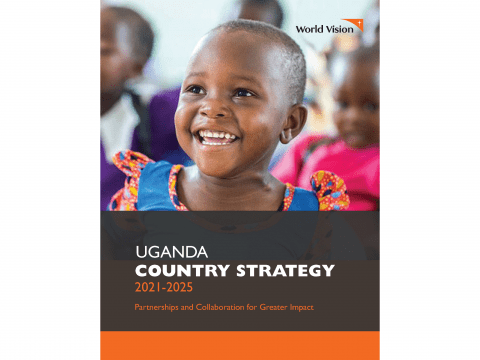Uganda
World Vision Uganda
World Vision Uganda seeks to address the causes and effects of poverty through development, relief and advocacy. Over 128,633 registered children benefit from World Vision Uganda’s work. World Vision Uganda can provide educational support, construct and equip schools and health centres, train health workers and farmers, participate in advocacy campaigns, distribute improved crop varieties and animal breeds, and provide clean and safe water.
World Vision Uganda started in 1986 to offer relief and resettlement packages and to help reconstruct districts in central Uganda ravaged by the 1981-1986 war. Development work was added on with the initiation of Community Development Projects (CDPs) in central, southern, western and West Nile regions between 1987 and 1995.
Projects based on grants were also started to cover different sectors including water and sanitation, HIV and AIDS, food security, feeder roads, psychosocial support and peacebuilding. Expansion in geographical areas and in activities has been based on need.
World Vision Uganda operates in more than 50 districts, with 47 Area Development Programmes (ADPs).
Our Impact
55,088
943,146
74,232
